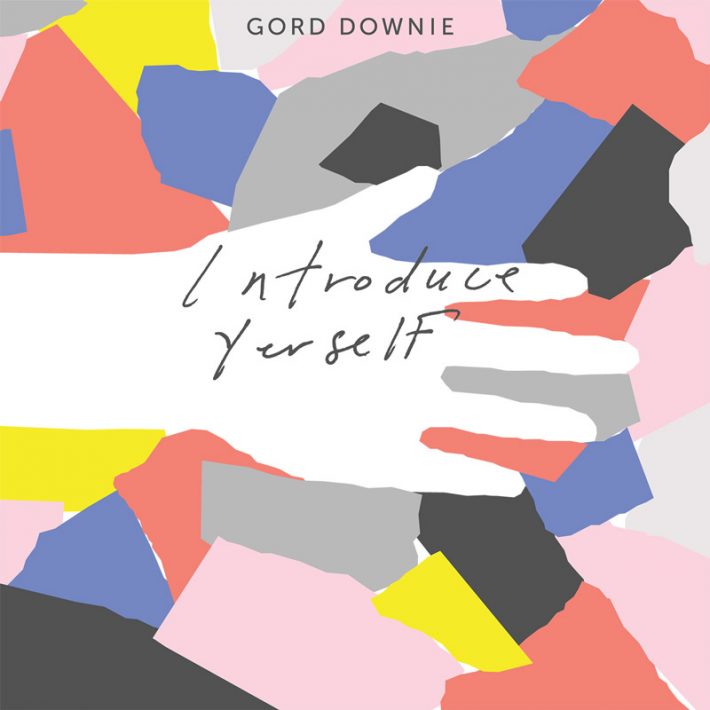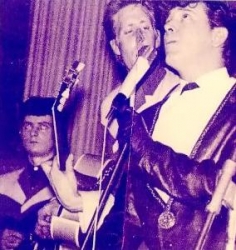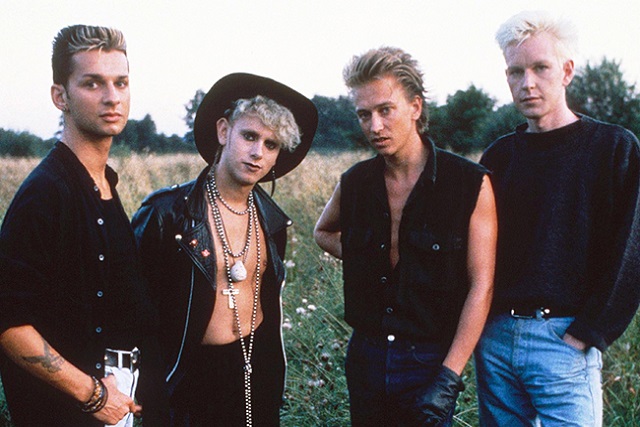Sympho-electronic music
 Electronic music is music whose creation uses electronic musical instruments and technology. Electronic music consists of sounds that are formed using electronic technologies and electromechanical musical instruments. Examples of electromechanical musical instruments are the Tellarmonium, the Hammond organ and the electric guitar. Pure electronic sound is obtained using such instruments as a theremin, a synthesizer and a computer.
Electronic music is music whose creation uses electronic musical instruments and technology. Electronic music consists of sounds that are formed using electronic technologies and electromechanical musical instruments. Examples of electromechanical musical instruments are the Tellarmonium, the Hammond organ and the electric guitar. Pure electronic sound is obtained using such instruments as a theremin, a synthesizer and a computer.
Electronic music was previously associated only with Western academic music, but in the late 60s affordable electronic synthesizers appeared. Due to its moderate cost, they are now available to the general public, and not just to major recording studios, as it was before. This event dramatically changed the image of popular music – many rock and pop artists began to use synthesizers. Today, electronic music includes a large number of different styles from experimental academic music to popular electronic dance music. Continue reading
Enhancer, exciter and tube amplifier – what is in common?
 An exciter (also called Exciter), also called harmonic exciter, psychoacoustic processor, enhancer and acoustic aural exciter, is a processing device used to harmoniously synthesize high-frequency signals using thin harmonic distortion.
An exciter (also called Exciter), also called harmonic exciter, psychoacoustic processor, enhancer and acoustic aural exciter, is a processing device used to harmoniously synthesize high-frequency signals using thin harmonic distortion.
This harmonic synthesis is to create higher harmonics based on lower signal frequencies. Usually the noise is present in different frequency bands in unequal quantities, and the harmonics obtained from the pure frequency band will be clearer. Less commonly, exciters (enhancers) are used to synthesize low-frequency harmonics, in order to imitate deep bass. Continue reading
What is an equalizer?
 Equalizer (English equalize – “equalize”, the general abbreviation – “EQ”), timbre is a device or a computer program that allows you to increase or decrease the volume of individual zones of the frequency range, equalize the amplitude-frequency characteristic of the audio signal, that is, correct it (signal) amplitude selectively, depending on the frequency.
Equalizer (English equalize – “equalize”, the general abbreviation – “EQ”), timbre is a device or a computer program that allows you to increase or decrease the volume of individual zones of the frequency range, equalize the amplitude-frequency characteristic of the audio signal, that is, correct it (signal) amplitude selectively, depending on the frequency.
Born in the 30s, the equalizer is the oldest and most commonly used sound engineer for sound processing. Today, the market lacks a variety of instruments for timbre correction – from a simple low-frequency treble corrector of the 50s to a sophisticated multi-band equalizer with perfect parametric. Continue reading
LEGENDARY POST-PUNK GROUPS
 It happens that the fashion for old things is back. This happens with music. Recently, post-punk is gaining increasing popularity, starting with narrow circles, and, gradually, capturing all the new listeners.
It happens that the fashion for old things is back. This happens with music. Recently, post-punk is gaining increasing popularity, starting with narrow circles, and, gradually, capturing all the new listeners.
What is this genre? First, a little history for people who have no idea about it. Post-punk is a genre of music that appeared in the UK in the late 1970s as a derivative of punk rock. However, these areas are very different from each other. Punk bands deliberately used simple musical arrangements without resorting to complex guitar solos. Continue reading
WHAT IS BRASS CULTURE, AND WHY THE ORCHESTRA PASSES
 No, this is not a breaststroke swimming culture or even a sect of swimmers-brassists. Brass is the most popular direction of brass music, which is performed by orchestras consisting only of brass instruments, as a rule, complemented by a percussion section. However, this music can be called quite conditionally – the breaststroke appeared in the middle of the last century, but in Russia it has not yet found wide distribution. The etymology hints at the meaning of the word: from the English word “brass” – “brass”, an alloy of copper with zinc or tin, from which some wind instruments are made. Continue reading
No, this is not a breaststroke swimming culture or even a sect of swimmers-brassists. Brass is the most popular direction of brass music, which is performed by orchestras consisting only of brass instruments, as a rule, complemented by a percussion section. However, this music can be called quite conditionally – the breaststroke appeared in the middle of the last century, but in Russia it has not yet found wide distribution. The etymology hints at the meaning of the word: from the English word “brass” – “brass”, an alloy of copper with zinc or tin, from which some wind instruments are made. Continue reading



